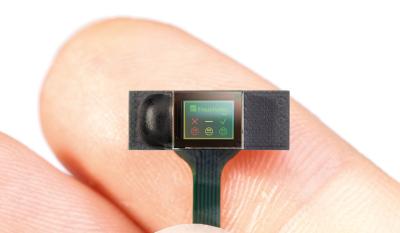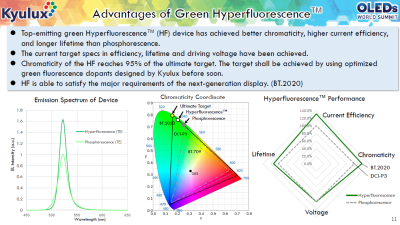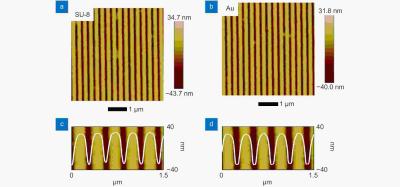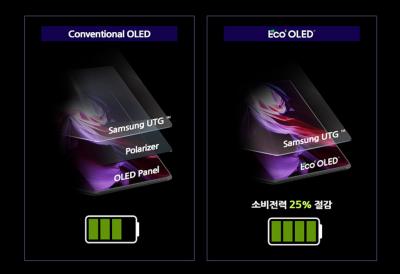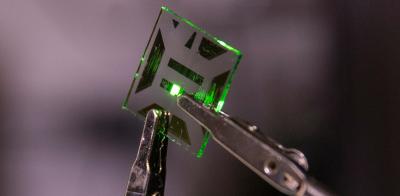LG Display's OLED EX technology improves the brightness, lifetime, size and image quality of its OLED TV panels, to be adopted in all WOLED panels by Q2 2022
LG Display unveiled its latest OLED TV technology, branded as OLED EX. LG says that these WOLED panels combine new deuterium compounds and personalized algorithms to improve the image quality and increase brightness by up to 30%. EX is an acronym of Evolution and eXperience.

LG Display says that it has "successfully converted the hydrogen elements present in organic light emitting elements into stable deuterium". LGD extracts the deuterium compounds from water, and after stabilization, the compounds allow the OLED devices to be brighter - and also last longer.


